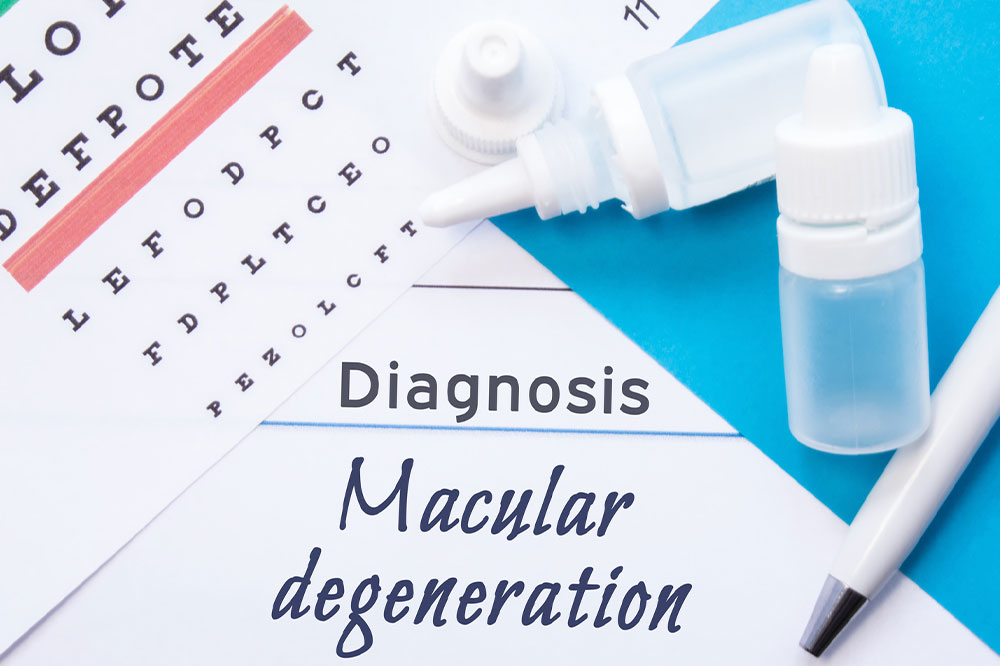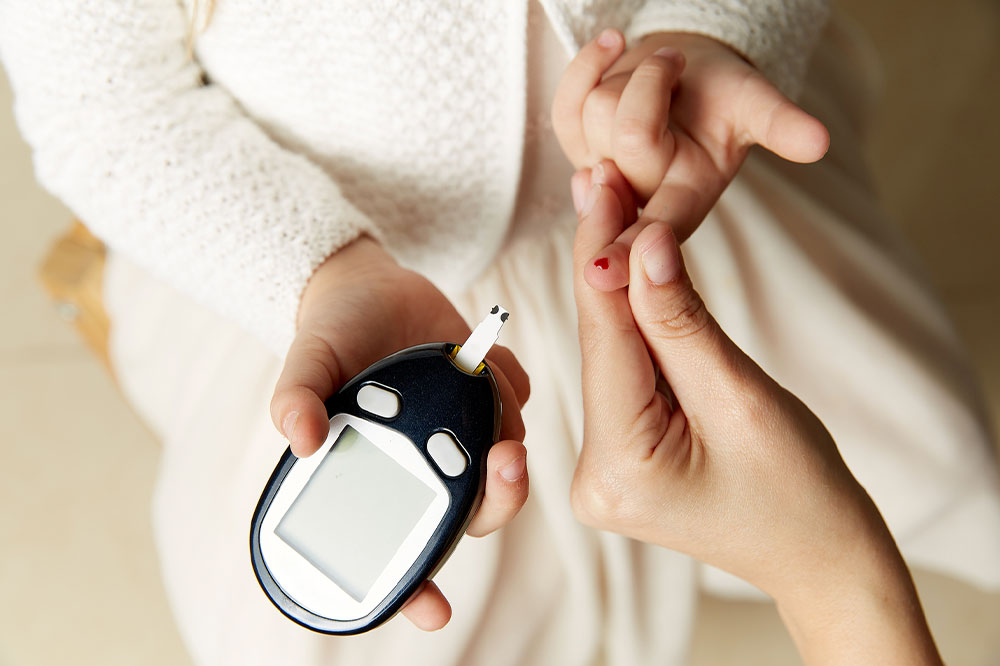13 signs that may indicate one’s pet dog is sick

Dogs cannot communicate through words, but their actions, behavior, and body language can reveal their mental and physical health. Dogs may get sick for various reasons, including infections, injuries, or underlying health conditions. While seeing one’s beloved canine companion unwell can be distressing, being observant and proactive can make a significant difference in their recovery. Here are some telltale signs that indicate one’s pet dog may be under the weather.
Changes in appetite
Dogs love food and often finish their favorite meals and snacks within minutes. But if one’s dog suddenly loses interest in food or water or starts eating significantly less, it could be a warning sign. Their loss of appetite may be because of digestive problems, such as indigestion or constipation, dental problems like gum disease or broken teeth, or illnesses and infections. At times, dogs may resist a particular type of food due to allergies or sensitivities to certain ingredients. Conversely, an abnormal and sudden increase in appetite, despite providing sufficient food in regular quantities, should also prompt one to consult a vet.
Vomiting and diarrhea
Gastrointestinal issues are common in dogs and can be caused by various factors, including infections, allergies, or underlying diseases. Frequent vomiting, especially if accompanied by diarrhea, can lead to dehydration and should not be ignored. If one’s dog is experiencing these symptoms, it’s essential to consult a veterinarian.
Coughing and sneezing
Respiratory issues, such as coughing, sneezing, or labored breathing, can indicate various health concerns, including respiratory infections, canine flu, allergies, or heart problems. If one’s canine companion exhibits these signs, seeking medical attention is crucial, especially if the symptoms persist for days and seem to worsen.
Lack of energy
A healthy dog is usually brimming with energy, often ready for a game of fetch or a long walk. But when a dog is sick, it may display a noticeable lack of energy, appearing unusually tired and less active than usual. Several factors can contribute to this symptom, including pain or discomfort due to injury, arthritis, or an underlying health condition. Fever may also cause the dog to feel tired, possibly due to tick-borne diseases.
Uninterested in playful activities
If one’s furry friend suddenly appears lethargic, spends more time sleeping, or seems uninterested in play or exercise, it may indicate something is wrong. Any ongoing treatment may sometimes make them feel tired or sluggish. Wobbliness or difficulty in standing or walking can also be emergency warning signs.
Changes in urination
These symptoms tend to be more prevalent among older dogs. Changes in a dog’s urination habits can indicate an underlying issue. Increased frequency of urination can indicate kidney problems or diabetes mellitus. At the same time, the presence of blood in the urine or difficulty urinating can be indicators of urinary tract infections, bladder stones, hematological issues, or other medical conditions.
Unusual odors
An unpleasant or unusual odor emanating from one’s dog could indicate dental, skin, or even internal problems. Foul-smelling breath, in particular, might suggest dental disease or anorexia, which can affect their oral health and overall well-being.
Changes in behavior
Sickness can often cause sudden changes in a dog’s behavior. One should look for signs of anxiety, restlessness, or uncharacteristic aggression. Increased aggression: A dog that is usually friendly and well-behaved might exhibit aggression if they are in pain or discomfort. On the other hand, a sick dog may become withdrawn, avoiding interaction or play. They might retreat to a quiet corner and exhibit signs of depression. A dog may also seek solitude when unwell, so a sudden desire for isolation should raise concerns.
Excessive scratching
Excessive scratching in dogs can be troubling, often stemming from underlying health issues. Various conditions, such as Lyme disease, tick-borne diseases, ehrlichiosis, and tularemia, can lead to skin irritations, rashes, and itching. When a dog incessantly scratches or chews at their skin, their owner must consider the possibility of these illnesses and seek prompt veterinary attention.
Poor hair coat or excessive hair loss
While hair fall is common in healthy dogs, excessive hair loss with bald patches can indicate skin infections, allergies, endocrine disorders, or immune disease. If the hair loss is accompanied by other symptoms like excessive itching, discharge, abnormal odor, or redness, it’s best to consult a vet immediately. A dull or dry hair coat may indicate dehydration or certain nutritional deficiencies.
Changes in eyes and ears
If one notices any changes in the eyes of one’s canine companion, it can indicate mild infection or glaucoma. These changes may include readiness, runny or cloudy eyes, frequently rubbing eyes, and squinting. Similarly, a dog that scratches or rubs its ears frequently can indicate ear mites or infections and warrant a vet visit.
Lumps or bumps on the skin
Lumps, bumps, or swelling on the skin may not always cause concern, but it’s best to get them examined by a doctor to rule out any serious concerns. Often, the lumps may result from cysts or ingrown hair, and in the worst cases, they may indicate cancer.
Abnormal vocalizations
When a dog suddenly exhibits abnormal vocalizations like whining or crying, it can indicate underlying discomfort, pain, anxiety, fear, or a need for attention.
As a responsible pet owner, being observant and responsive to changes in your furry friend’s behavior and health is crucial. Your pet’s well-being should always be a top priority. Watch for signs of distress or discomfort, such as changes in appetite, lethargy, or unusual behavior. If you notice any of these symptoms, it’s best to consult a veterinarian to address potential health issues. Regular check-ups and preventive care can help to catch any health concerns before they worsen and help boost your pet’s overall health and lifespan. By staying attentive and proactive, you can ensure your beloved companion receives the care and comfort they deserve.







